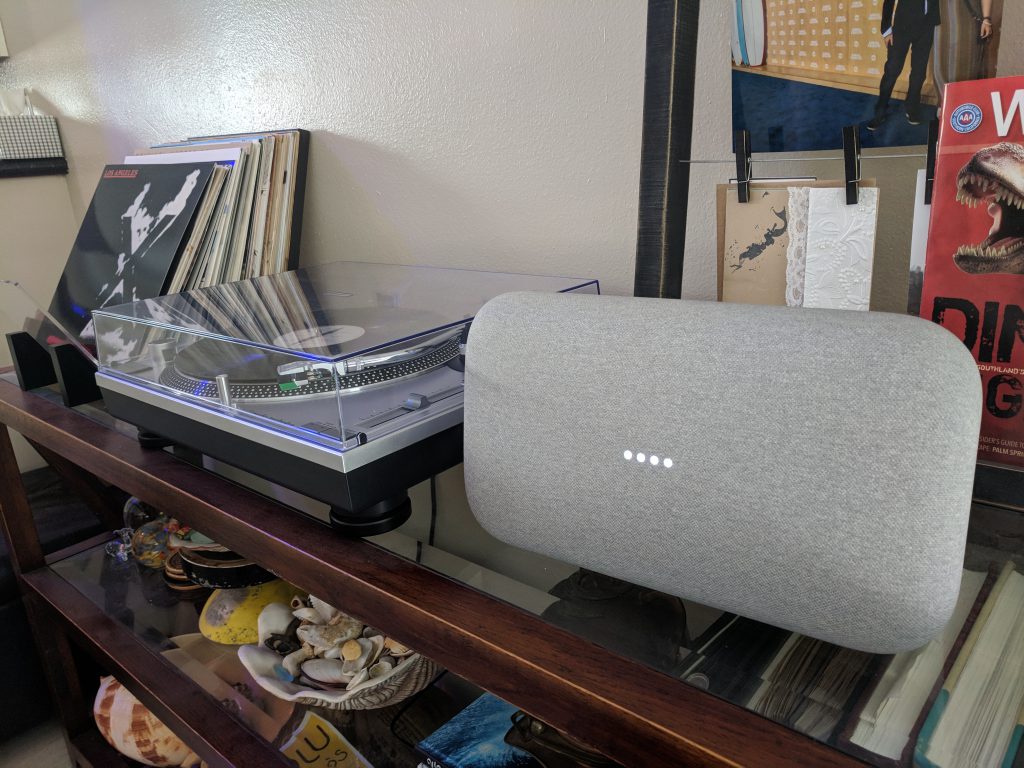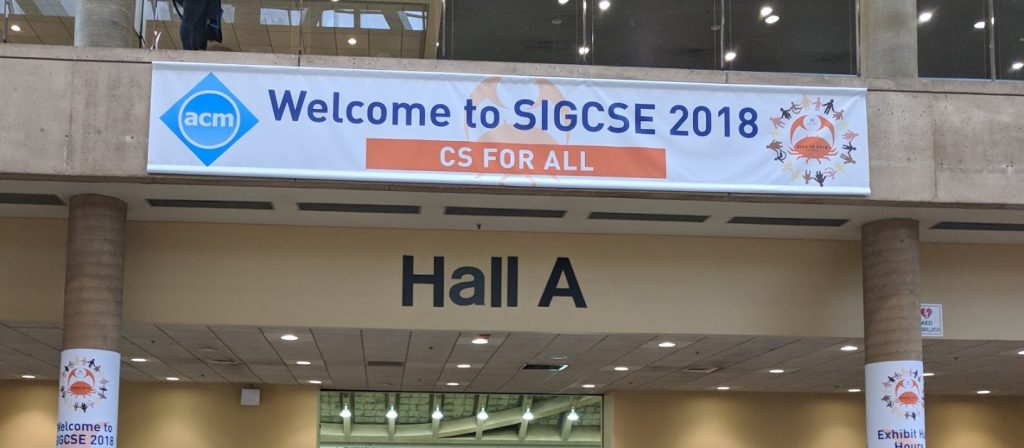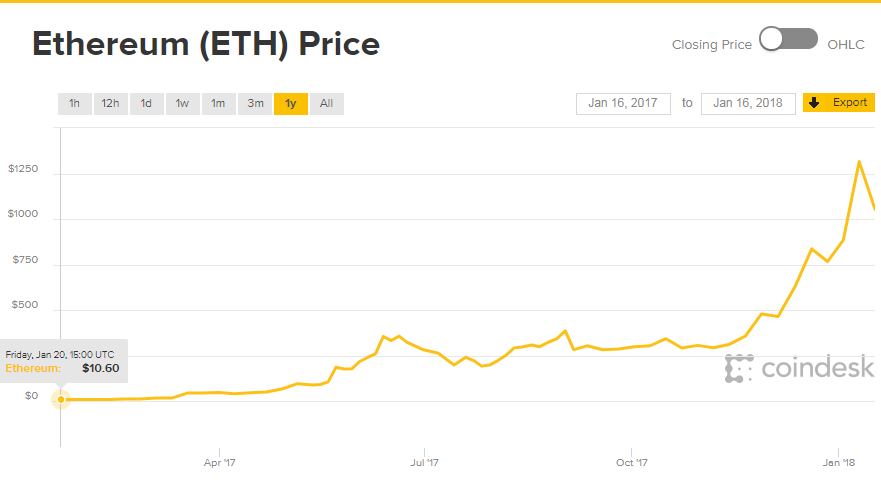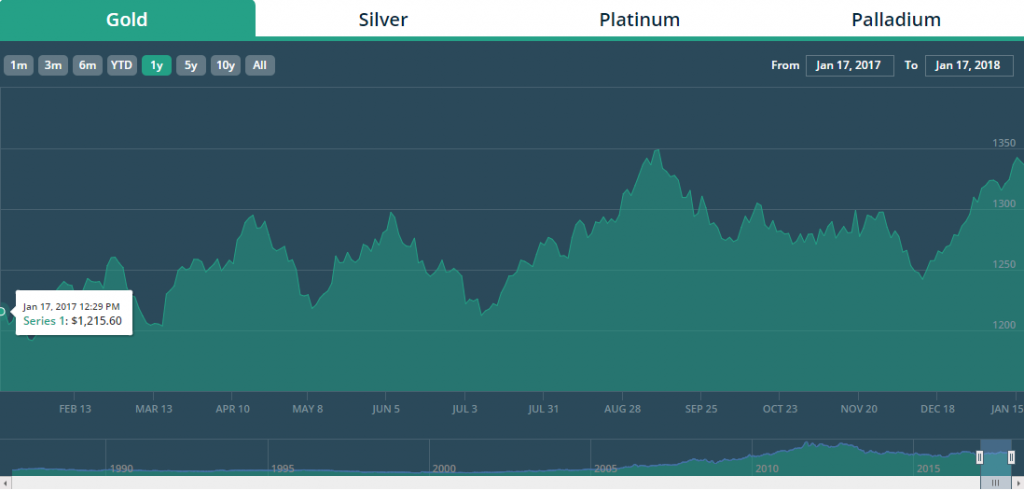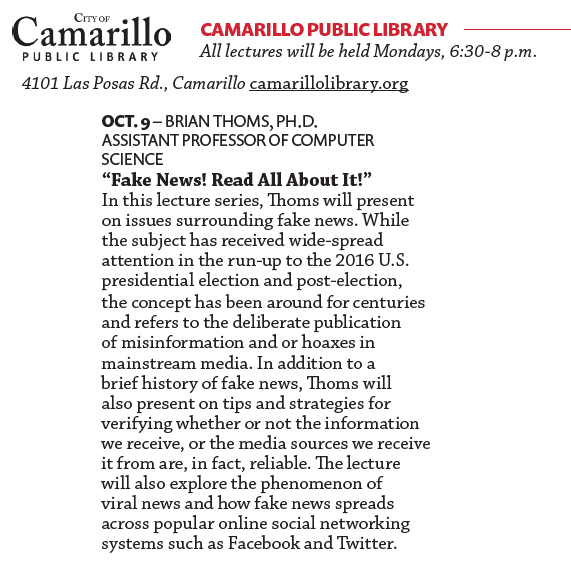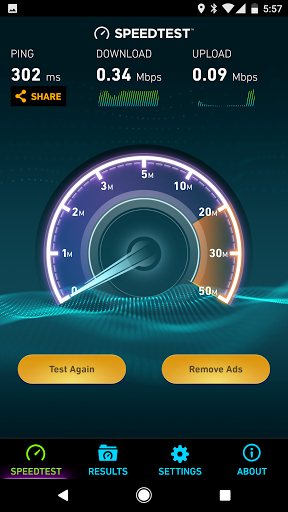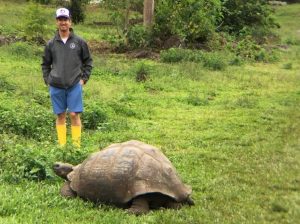I recently moved from my nice cozy 1-bedroom apartment, to a 3-bedroom, 3-bathroom townhouse. With the transition came a wave of new technological additions including a Google Home Max for the living room, a Google Home for the upstairs, a Google Nest camera for the living room, and Google Nest thermostats for upstairs and downstairs climate zones… Oh, and I also picked up four smart lights (lifx) and adapters. Now for the quick good, bad and scary of moving to IoT world.
The good. The great thing about IoT is in its connectivity. I, or my family can communicate with a a connected device either through the phone (if not at home), but more conveniently by talking to a smart speaker. Common phrases around the house now include, “Google, play Comedians in Cars Getting Coffee on TV1” and “Google, turn on/off the kitchen lights”. I love my Chromecast and the easy smartphone interface makes it a joy. But now the interface is my voice, which makes things much more seamless. Another fun thing we like to do in our home now, although I’m not sure it warrants the hefty price tag is to fool around with the colors of the lights. For the 4th of July (same for Bastille Day!) we had red, white and blue in our kitchen. And for Halloween, we’ll dress up the lights again. We can also control these lights from afar.
The bad. Connectivity can be a funny thing. And when I say funny, I mean frustrating. Every morning I go downstairs to find one of my 3 kitchen smart lights on. I think this is more to do with power surges in my home, but still, it is a frustrating experience you don’t get with non-smart technologies where on/off switches control the power. Another very, and I mean very, frustrating experience is having to repeat myself with my smart speaker. In some cases the speaker doesn’t hear me, or can’t hear me when I’m rocking out to louder music. In other cases, its NLP processor has a hard time differentiating between turn kitchen 1, 2 and 3 lights on, versus turn kitchen 1 light on, kitchen 2 light on and kitchen 3 light on.An annoying respnse is “Sorry, I don’t know how to help with that right now.” It doesn’t help that I’ve been told that I mumble.
The scary. Finally, there is a lot of concern surrounding IoT and security. An interesting article by the NYT (https://www.nytimes.com/2018/06/23/technology/smart-home-devices-domestic-abuse.html) focused on how smart devices can be controlled for nefarious purposes, but there are so many more areas for abuse, from hackers, government eavesdroppers and even the smart speaker manufacturers themselves. I couldn’t say, or I won’t say, what I song I was singing at home, but Google Assistant interrupted and told me that it liked the sound of that. This was an unprompted response to a conversation were weren’t having. So they are listening, but who and for what purposes remains a mystery to me…


